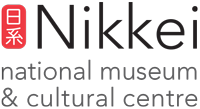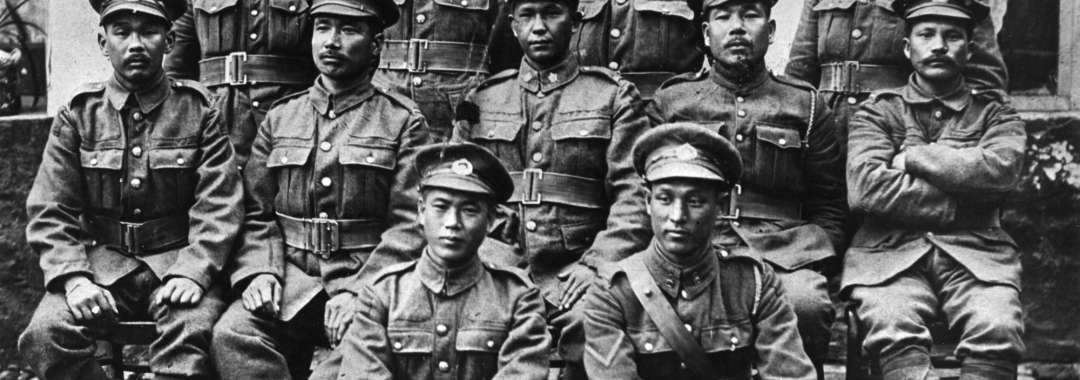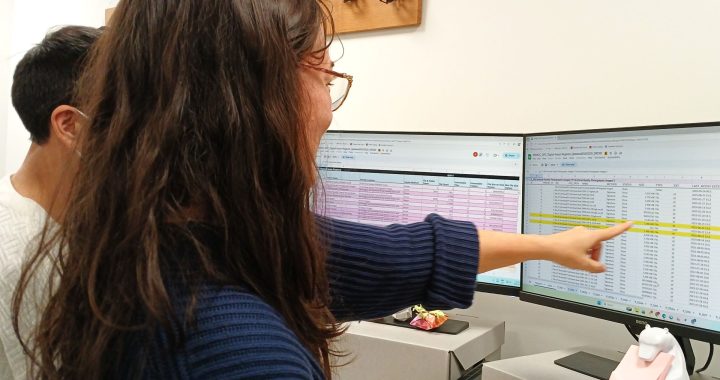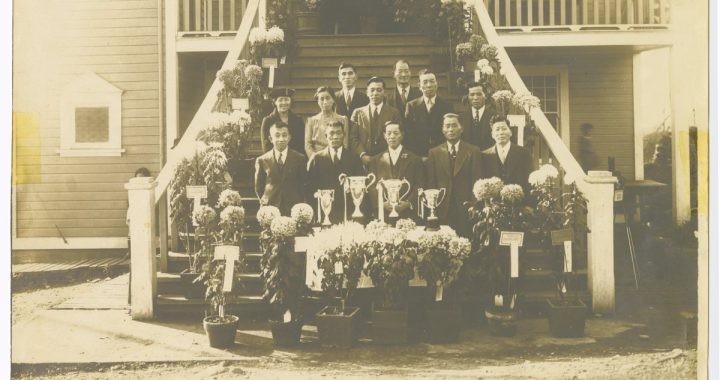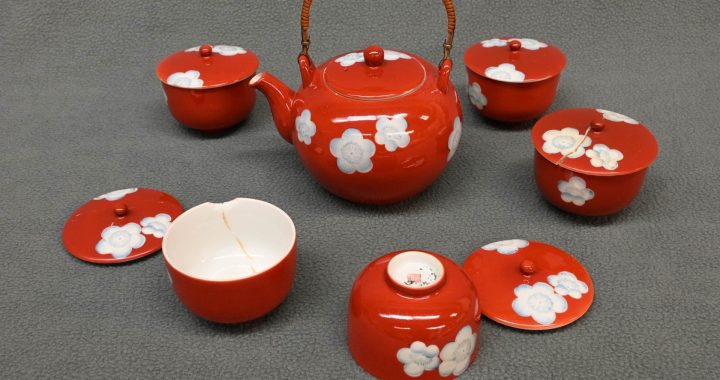Written by the Japanese Canadian War Memorial Committee
When people think of the Battle of Vimy Ridge, they often see it as the moment Canada came into its own as a nation. But among the thousands of Canadian soldiers who fought in April 1917 were hundreds of Japanese Canadians—men who volunteered for a country that did not yet recognize them as full citizens.
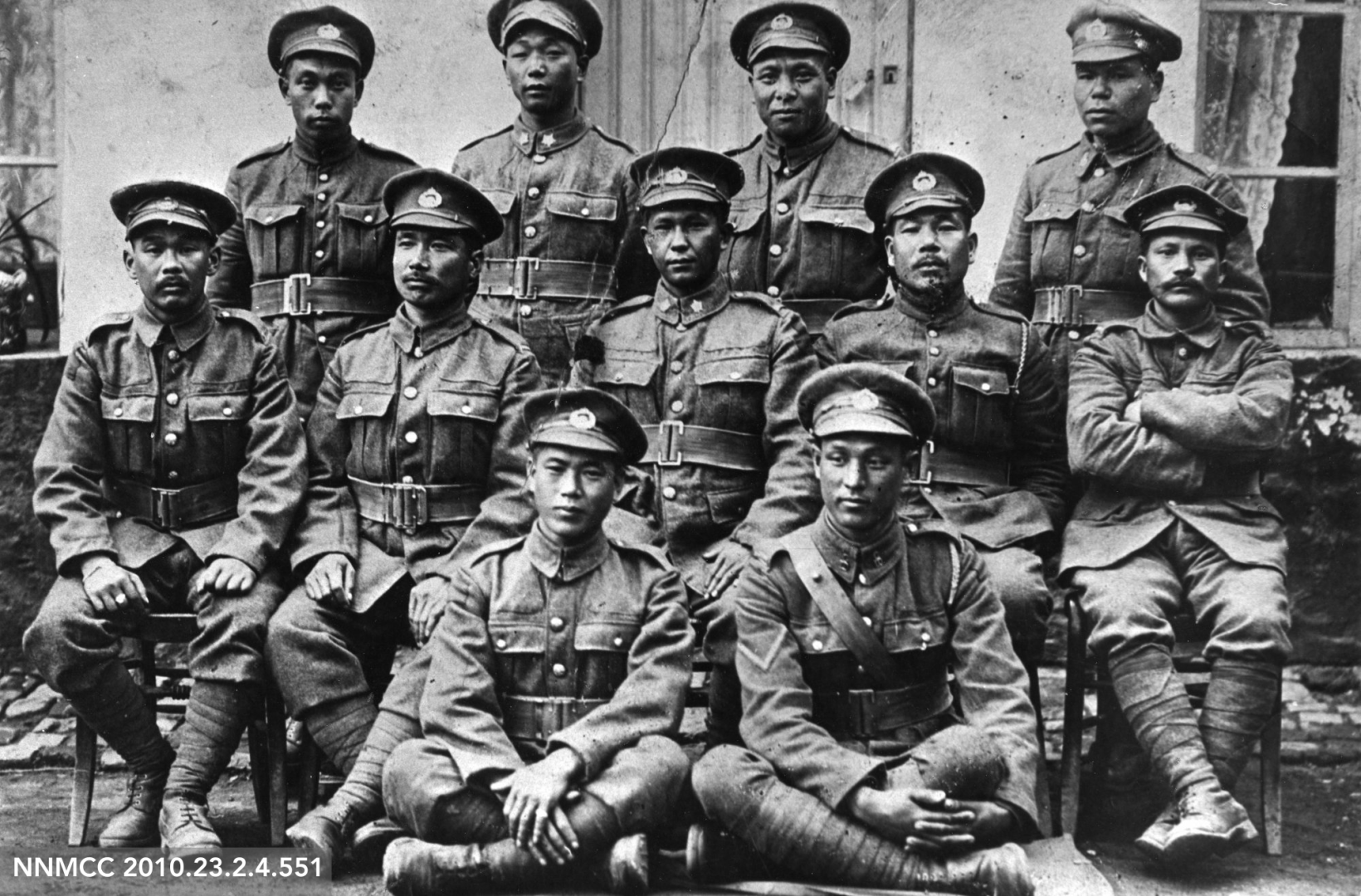
Portrait of First World War Soldiers, 10th Battalion; France, 1916. Original source: Ruichi Kobayashi. Canadian Centennial Project Fonds. NNMCC 2010.23.2.4.551.
Despite facing systemic racism and being denied the right to vote, over 200 Japanese Canadians travelled to Calgary and enlisted in the Canadian Expeditionary Force during the First World War. Many fought on the front lines at Vimy Ridge, standing shoulder to shoulder with their fellow soldiers in one of Canada’s most defining battles.
Their bravery was undeniable. One of the many courageous Japanese Canadian soldiers was Masumi Mitsui, who was promoted to sergeant following the Battle for Hill 70. Assigned to the Calgary Highlanders 10th Battalion, affectionately known as “The Fighting 10th”, this unit received the highest number of Military Medals for Bravery (MM) during the First World War. Of the Japanese Canadians who served in the First World War, 11 received medals for bravery, and sadly, 54 never returned home.
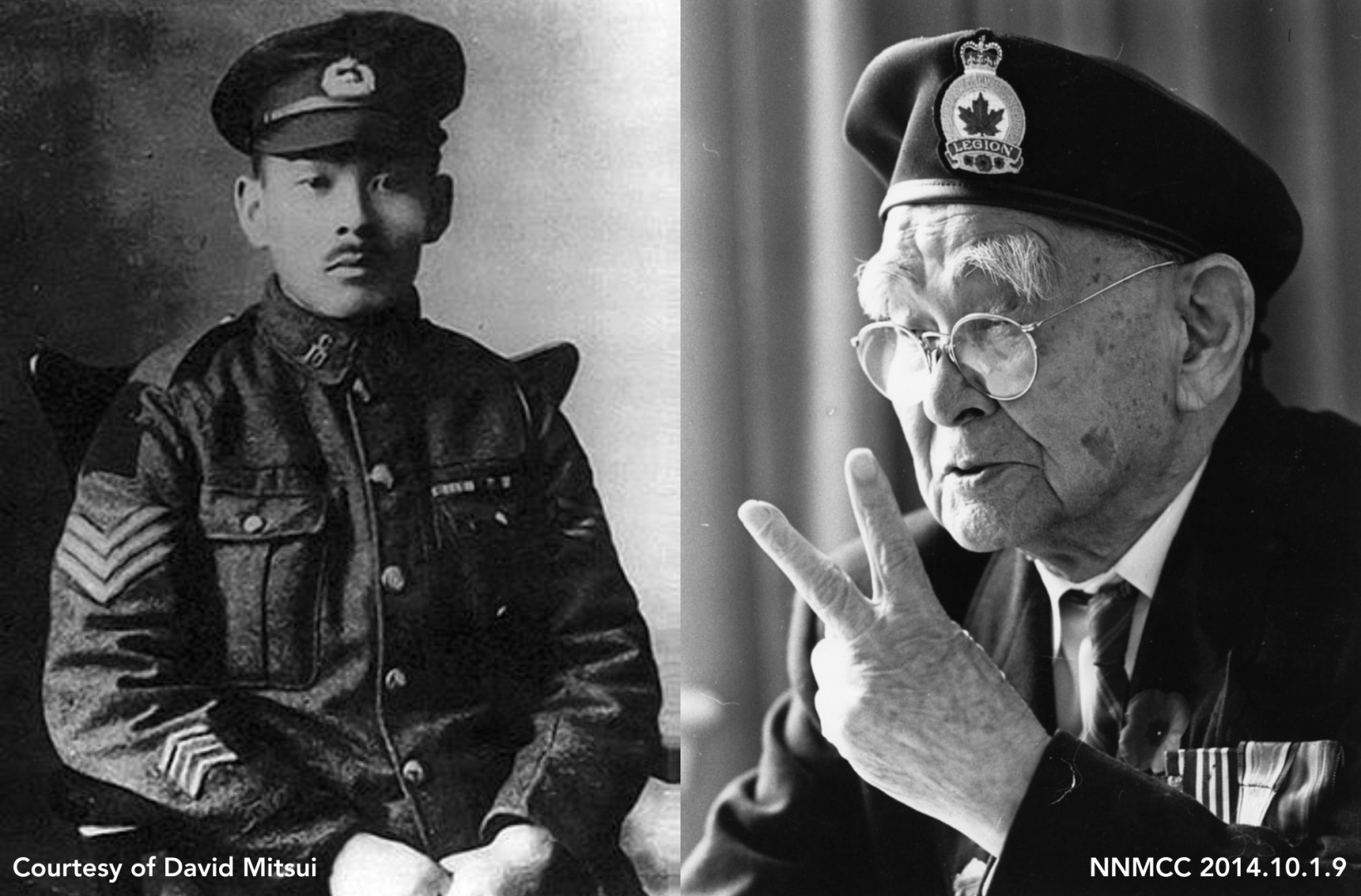
Left: Sergeant Masumi Mitsui MM in uniform; circa 1919. Courtesy of David Mitsui. Right: Sgt Masumi Mitsui MM Giving a ‘Peace’ Sign; circa 1985. Masumi Mitsui Collection. NNMCC 2014.10.1.9.
Despite their service and sacrifice, those who did return after the war were still denied basic rights, including the right to vote. Japanese Canadian veterans organized and formed the British Empire Service League Local Branch #9, the forerunner of the Royal Canadian Legion. As its first elected President, Sergeant Masumi Mitsui, MM, led a small contingent of veterans to Victoria to lobby the BC Legislative in 1931 for the right to vote. Their efforts were successful and Japanese Canadian veterans of the First World War were granted the provincial franchise in 1931, becoming the first persons of Asian ancestry to receive the right to vote in British Columbia. Even with the right to vote, JC veterans along with all Japanese Canadians were unjustly labeled as enemy aliens with the onset of the Second World War. 22,000 Japanese Canadians from the West Coast of BC, including veterans, were forcibly uprooted, interned, and dispossessed of their property. After the war, they were prevented from returning to the coast and instead forcibly dispersed across Canada or exiled to Japan. It was not until April 1, 1949 that all Japanese Canadians were finally granted full citizenship rights, including the right to vote and to return to the coast.
The story of Japanese Canadian soldiers at Vimy Ridge is one of loyalty, sacrifice, and resilience. The Japanese Canadian War Memorial in Stanley Park, Vancouver, BC was inaugurated on April 9, 1920. It stands as a symbol of gratitude from a grateful Japanese Canadian community and as a beacon of remembrance to those who returned from battle and the 54 soldiers who made the ultimate sacrifice.
Join us on Remembrance Day at the Japanese Canadian War Memorial, as we remember the brave Japanese Canadians that served our country.
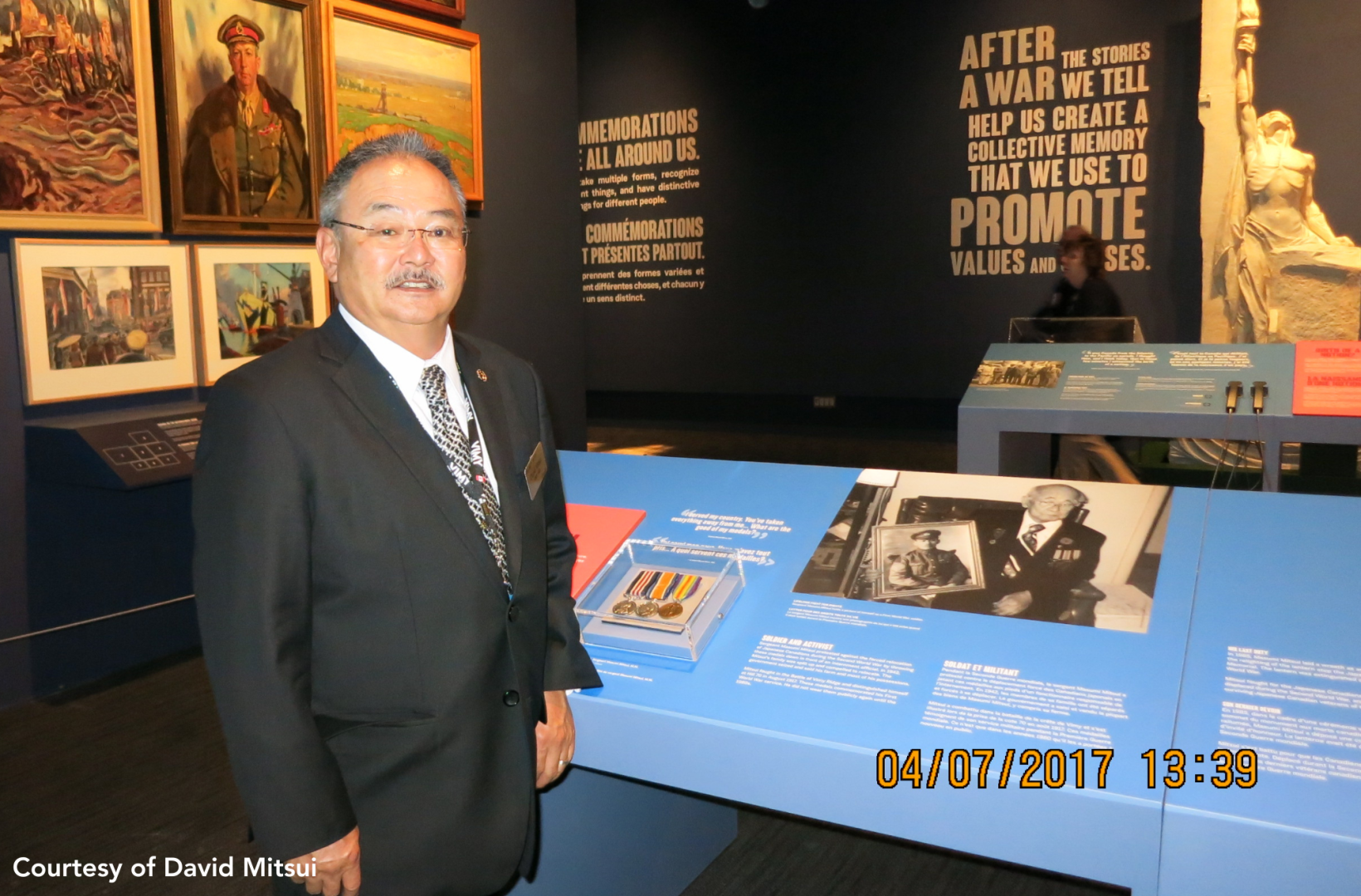
David Mitsui, grandson of Sgt Mitsui MM, at the Vimy – Beyond the Battle exhibition at the Canadian War Museum; Ottawa, ON, 2017. Courtesy of David Mitsui.
Explore the Masumi Mitsui collection on our database at https://www.nikkeimuseum.org/. View past JCWMC Remembrance Day ceremonies on the NNMCC YouTube channel.
